Because we arrived on Friday, right before the weekend, we haven’t been able to get the rifles and boat we need to begin the field work or to explore the area. (Even up here people take a break for the weekend!) But we had to open up the boxes and get things organized and ready, anyway, so we spent both yesterday and today organizing and testing the equipment we need to do the field work. If you’ve been reading the blog since the beginning, you might recall that we shipped six large boxes up here. So there has been quite a bit to do!
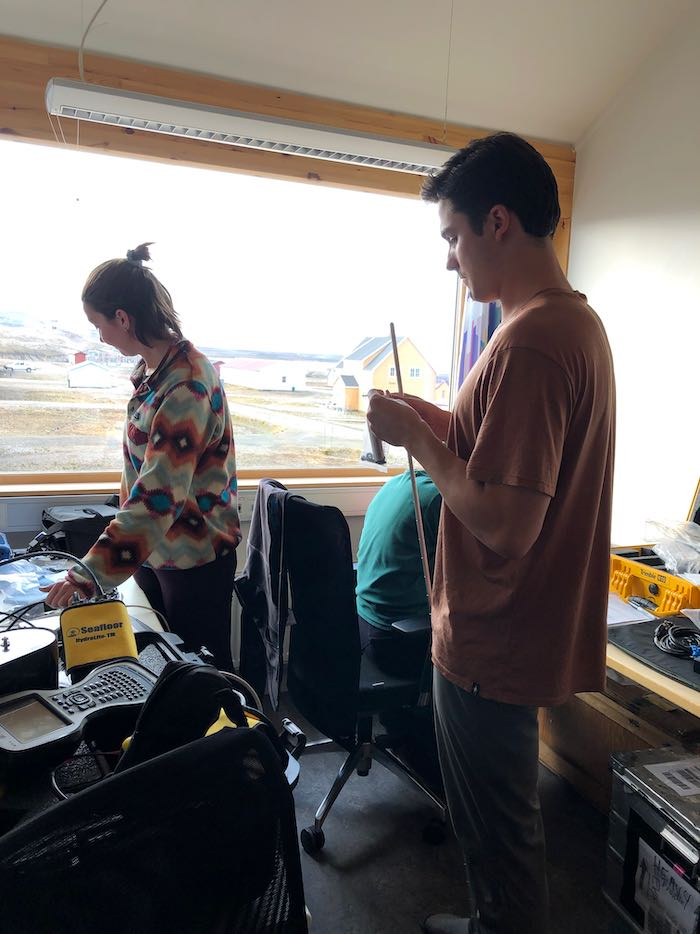
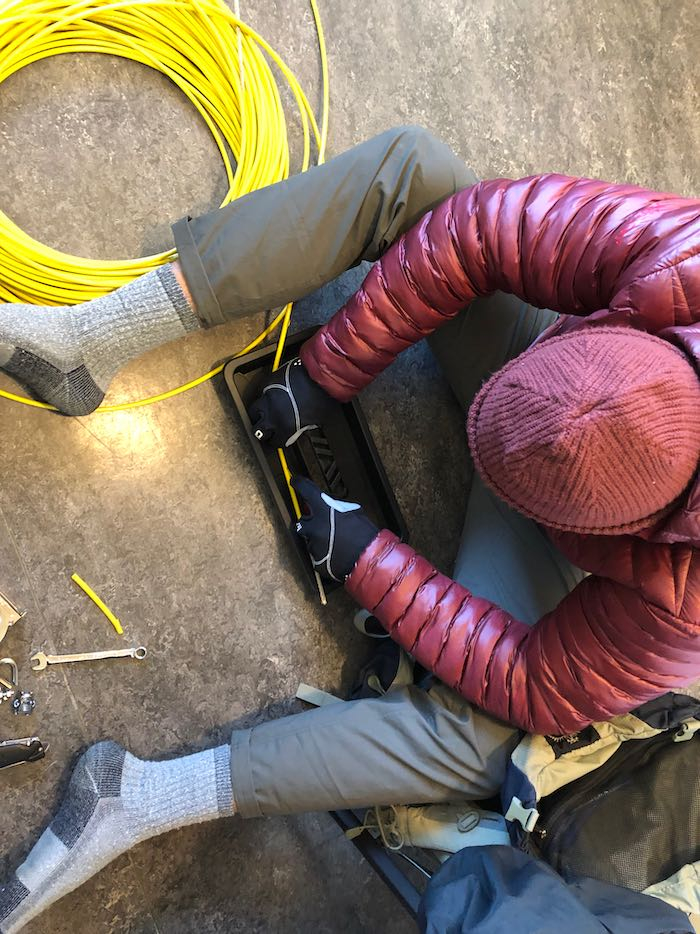
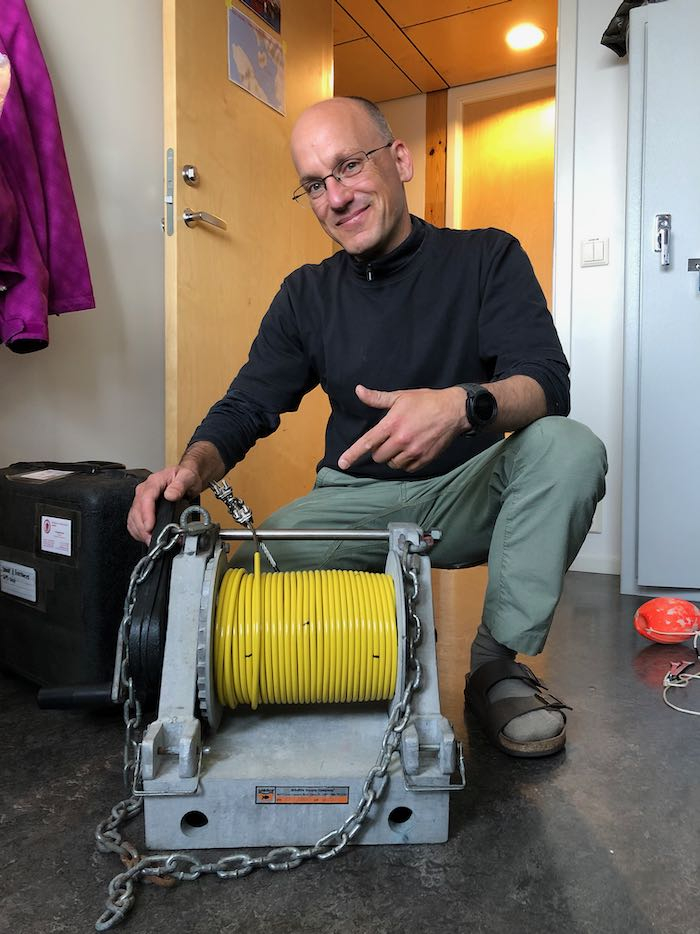
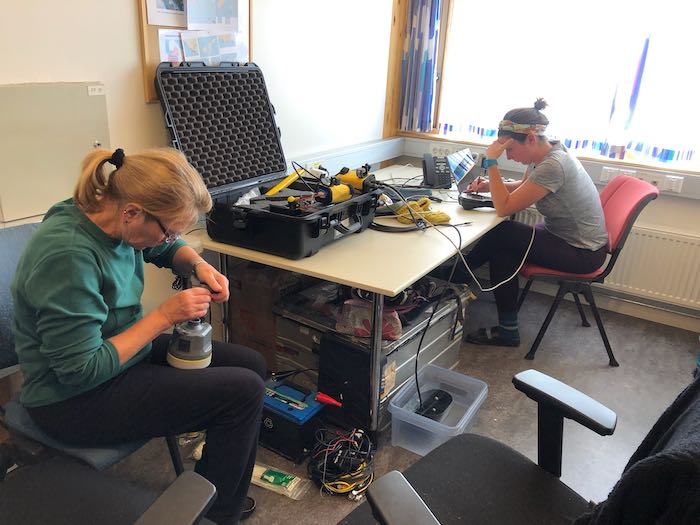
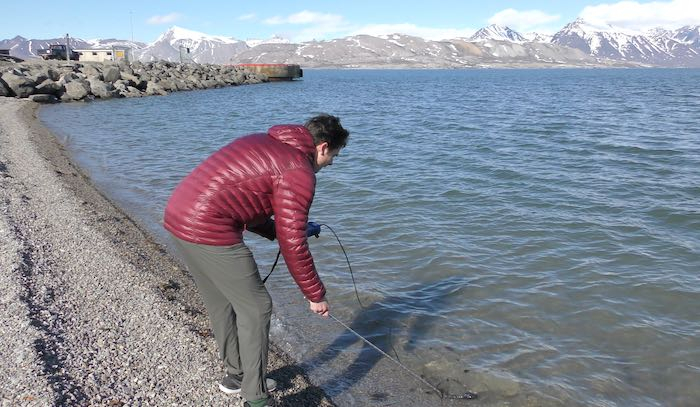
We’re hoping to get out on the water tomorrow and at least begin planning out how we will attack the next few weeks of field work. The work we’ve done over the past two days is a reminder of how much planning, preparation and organization goes into successful field work.
In the meantime, we’re settling in nicely to the community. Ny Ålesund is a base set up by the Norwegian government for the purpose of doing Arctic research. In the height of the summer, it can hold around 150 people. Most of the people here are scientists, but there is also a large staff here to support the work of the scientists and to make sure that they can stay here comfortably while they work - technical people, logistical support people, administrative people, facilities people, cooks, etc.
Many countries have their own “stations”, which are buildings operated by that country. For example, there is a Norwegian station, a British station, a Dutch station, an Indian station, a Chinese station, and several others.
United States does not have its own station. (We do have our own research base at Toolik Lake in Alaska.) So when Americans like us come here we rent space and equipment from the Norwegian station (The Norwegian Polar Institute or NP). They have provided us with office space and access to a lab if we need it. The folks at the NP have been quite helpful in getting us what we need.
The atmosphere is definitely very collaborative from a science perspective, but also very social. There are social events several times a week. Every Saturday night there is a “formal” dinner. This means that there are nice napkins and place settings at every table, and folks come dressed in the nicest things they brought. OK, it’s not exactly a black tie affair, but people make an effort - you know, a shirt with a collar or your cleanest fleece. (Photos are not allowed in the dining hall unfortunately!)
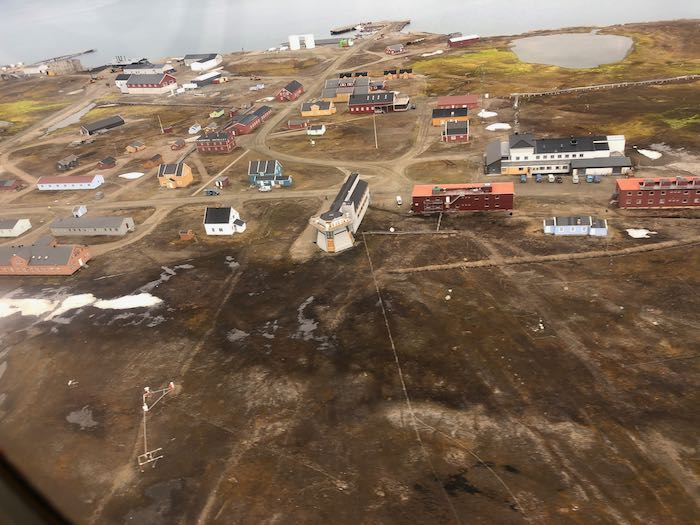
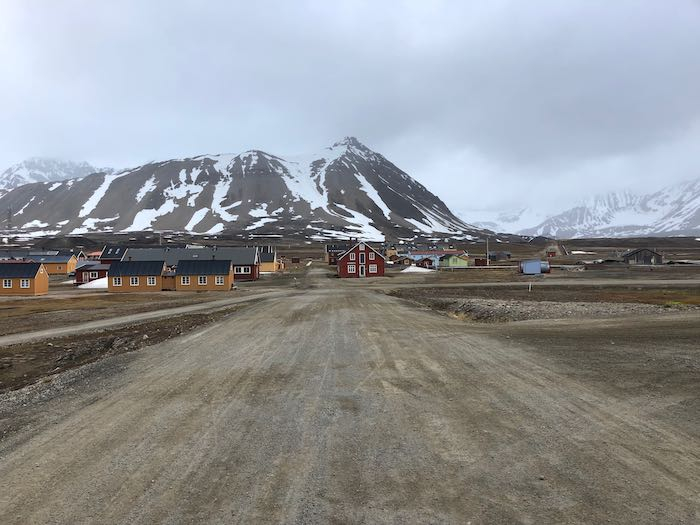


Comments